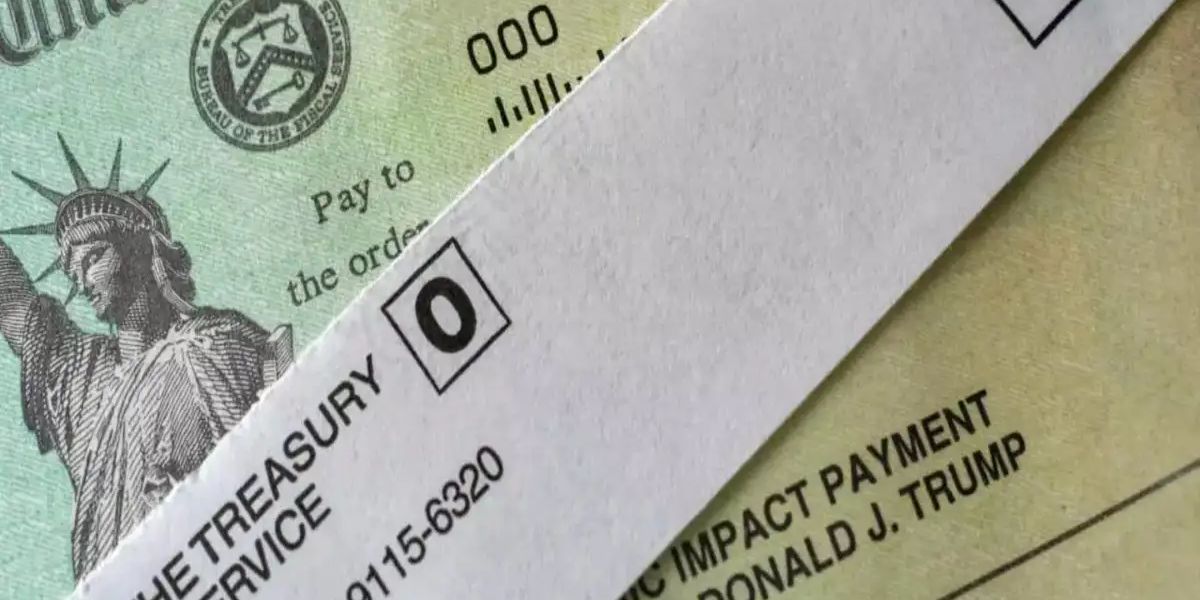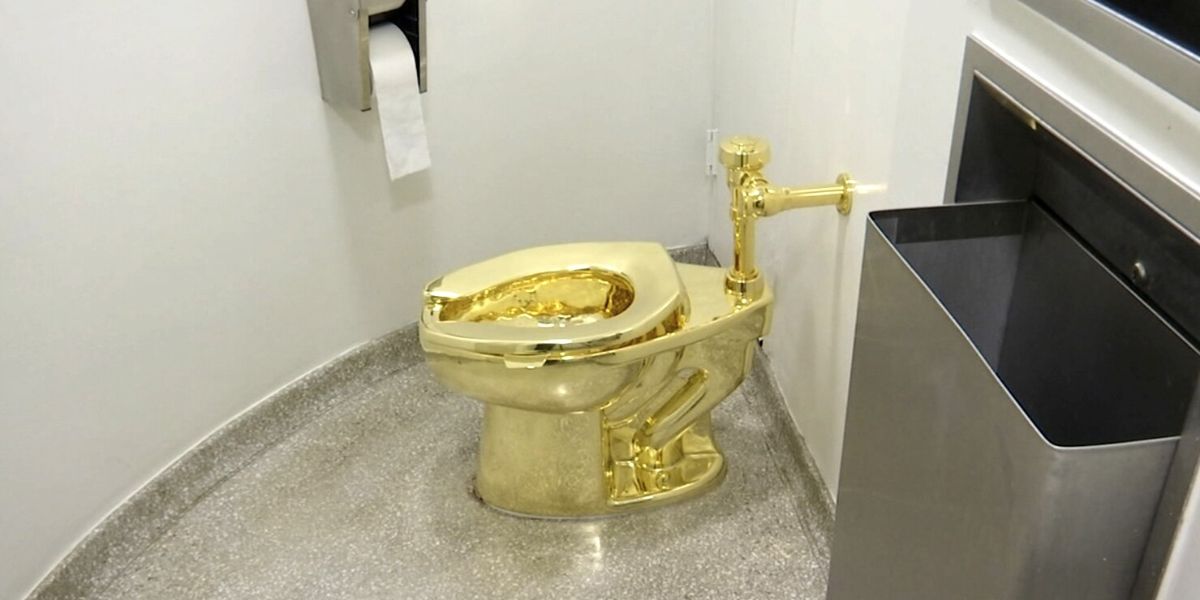The deadline for claiming the third $1,400 stimulus check expired on April 15, 2025. This marked the end of a three-year window for requesting the Recovery Rebate Credit linked to pandemic benefits. Taxpayers who failed to claim it on time lost their entitled to the payout. Unclaimed funds are now held by the United States Treasury.
This deadline was unaffected by tax filing extensions. The IRS declared unequivocally that April 15 was non-negotiable for stimulus claims. There are no appeals or additional extensions available for individuals who missed the deadline. This provides no possibilities for individuals who did not act within the specified time frame.
The incapacity to make a claim after the occurrence is definitive. Tax authorities underline that the guidelines were disclosed well in advance. The program’s demise means that unclaimed money are permanently moved. These resources are now integrated into the federal coffers without any special allocation.
Speculation on a fourth stimulus check program
Rumors on social media imply a $2000 fourth stimulus check. So far, neither Congress nor the IRS have confirmed such a move. These assertions lack official evidence. Experts advise dismissing them as unsubstantiated speculation or possible fraud efforts.
In February, former President Donald Trump stated that he would “consider a plan to distribute $5,000 as a DOGE dividend.” This idea would be based on savings uncovered by Elon Musk’s Government Efficiency Department (DOGE). However, no operational information or specific deadlines have been supplied. There is no legal legislation supporting the initiative.
The feasibility of any new stimulus is contingent on express parliamentary permission. Currently, there are no current bills in Congress addressing direct payments. Unofficial announcements should be validated against comments from appropriate government institutions. The lack of primary sources undermines these rumors.
Regular tax refund procedure: how to claim it
Federal tax refunds have varied timelines. Deposits are made within 21 business days after electronic filings with correct banking information are received. If no banking information is provided, printed checks will take six to eight weeks to arrive via mail. This timeframe begins after the return is accepted.
Filing and acceptance are different processes. The IRS verifies the return before approving the refund. Only then will the system’s status be updated. Taxpayers can track their progress using the official web tool. The “Refund Sent” message confirms that the funds have been transferred.
Returns received before April 15 have estimated deposit dates. Direct deposits may be completed before May 6. The deadline for postal refunds is extended until June 16. These dates are estimates and are subject to change dependent on workload.
How to find where your refund is at
The “Where’s My Refund?” tool allows taxpayers to check the status of their federal refunds. It requires three specific details: the Social Security number, the filing status, and the exact refund amount. Information is updated within 24 hours following e-filing. It displays three possible processing statuses.
“Return Received” signifies that the IRS has started processing. “Refund Approved” indicates successful verification and payment preparation. “Refund Sent” indicates that monies were transferred to the bank or mailed. Each stage’s processing time varies according to its complexity and workload.
The majority of states have their own internet platforms for reimbursements. These systems function independently of the federal IRS. Access restrictions and processing timeframes vary depending on the local tax authority. There is no consistent federal platform for tracking state refunds.
Formal acceptance follows initial automated reviews. Basic flaws or inconsistencies bring the process to a standstill. Rejected returns require adjustments and resubmission. Only acceptable returns go to substantive data and computation verification. This stage determines the final refund amount.
Changes made during verification generate tangible mail notifications. Refund amounts may be reduced due to earlier obligations or adjustments for contradictory information. The online system does not reveal these revisions; it only displays the final approved amount. Full explanations are delivered via certified mail.
Paper returns cause delays in all deadlines. The IRS takes about four weeks to personally process them. Only then will they display in the online tracking system. The final expected payment date is unaffected by this first delay. Peak season sees an increase in operational delays.
Considerations for extended deadlines: who can request them
Taxpayers in federally declared disaster zones may be eligible for exceptional extensions. These only apply to stimulus claims that have already been filed and paid for. Extended deadlines vary according on location and disaster type. The IRS maintains updated lists on its official website.
Members of the armed forces serving in war zones are granted automatic extensions. This flexibility extends to filing and payment, but it does not renew expired benefits, unlike the third stimulus. The deadline calculates 180 days after leaving the designated zone. Status validation requires specific documentation.
IRS processing problems may necessitate administrative extensions. These cases are uncommon and necessitate proof of institutional failure. Personal omissions do not qualify. Resolutions are based on case-by-case reviews through formal procedures.




